One of the problems with drinking aged oolong is that you never know how old the thing is. Whereas with puerh the progression is fairly predictable, and taste can be a reflection of time passed at least down to blocks of five years, aged oolong does not afford the drinker such luxury, and can be wildly varied in taste and feel. The culprit here is really the roasting, which changes all sorts of characteristics for the tea and can greatly affect how one perceives it.
I have been talking to some Taiwanese tea farmer who entered some aged oolong in a competition this year that were eventually rejected. I just tried the tea yesterday, and it was somewhat light, sweet, aged, certainly, but not that aged. The problem, he said, was that it wasn’t roasted enough, so the leaves still seem green and the judges felt it wasn’t really an “aged” taste, even though it has some years behind it (not that you would know if you didn’t know what you were looking for). I tried another tea he sent me today,
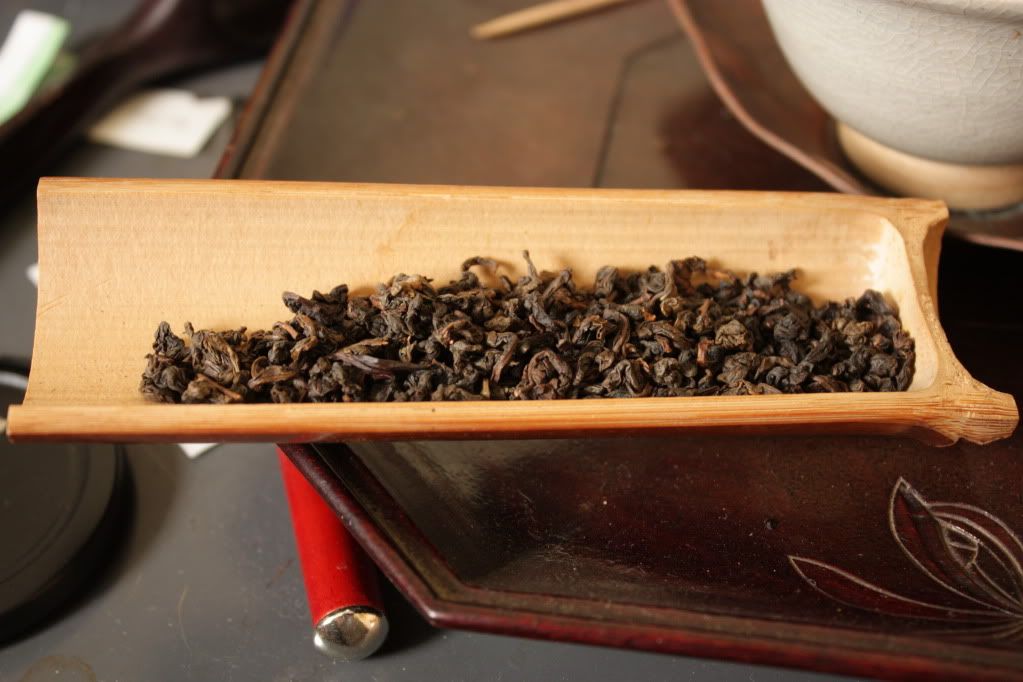
And it’s very different. The tea is more roasted, less fragrant, but also sweeter in a way. The thing is, much of this is really just due to roasting, I think, and not a lot to do with the tea itself. Instead of coming out yellow, the tea comes out a little more brown
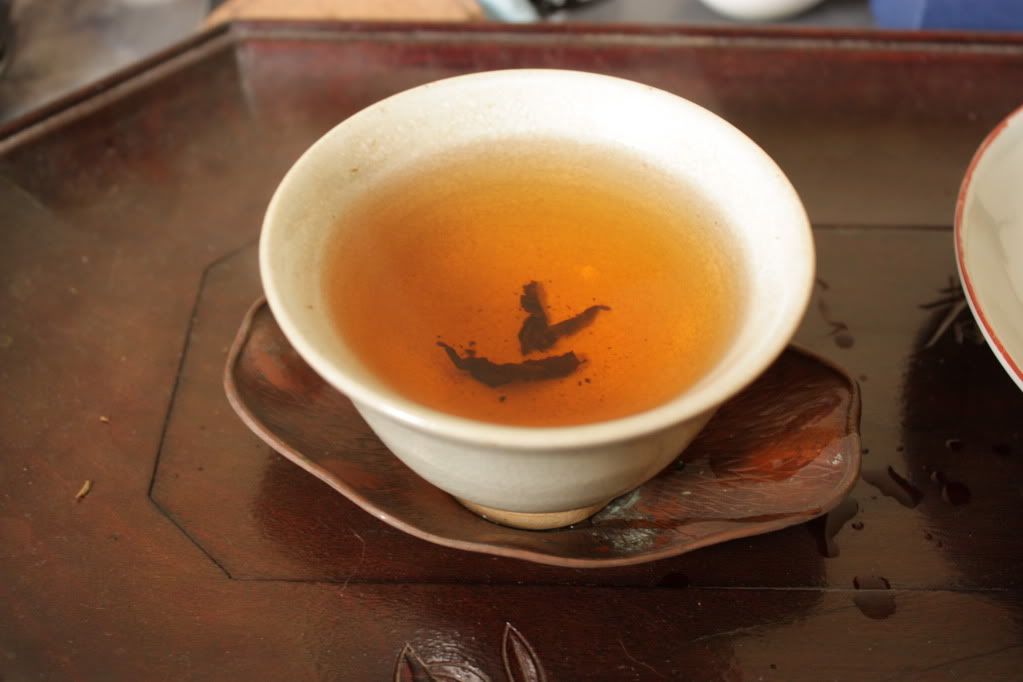
For the uninitiated, a roasted oolong and an aged oolong might not seem all that different. In fact, very heaviliy roasted oolong tend to taste quite similar to certain types of aged oolong. I tend to like the lighter types — where roasting is not heavy and reroasting was not done (or done very sparingly). I do wonder about the possibility of eventually holding on to some of these things for long term storage, but the risk of failure in this case is high. Unlike puerh, oolongs can go bad in the form of sourness or simply dissipation of taste. Until I find a good way to solve this problem (which entails, of course, experimenting with storage) I will just have to keep getting it from the farmers.

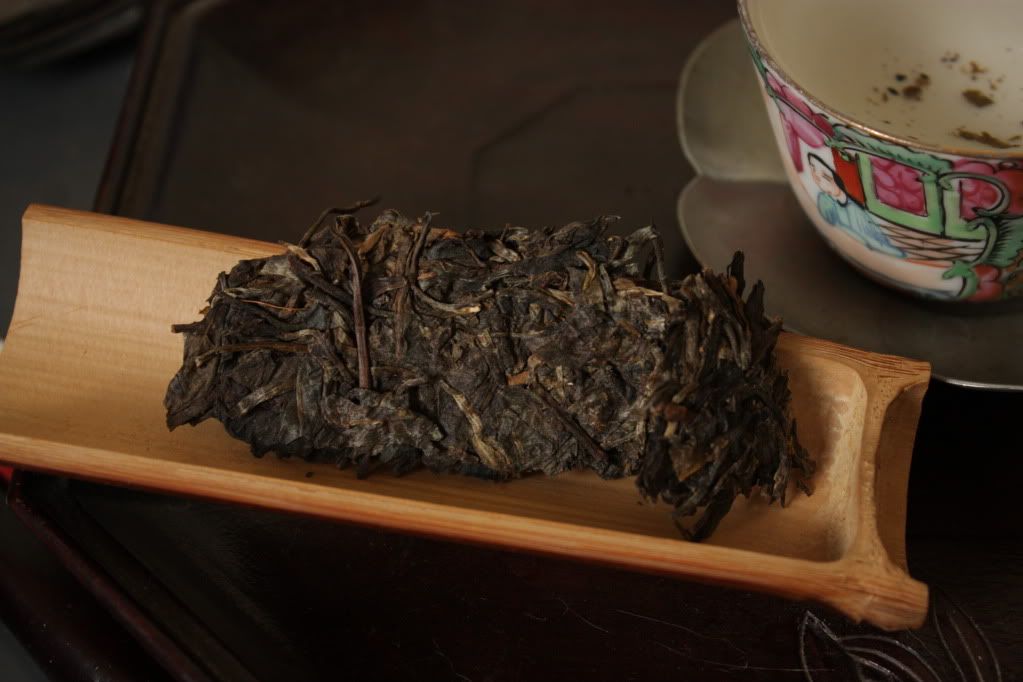
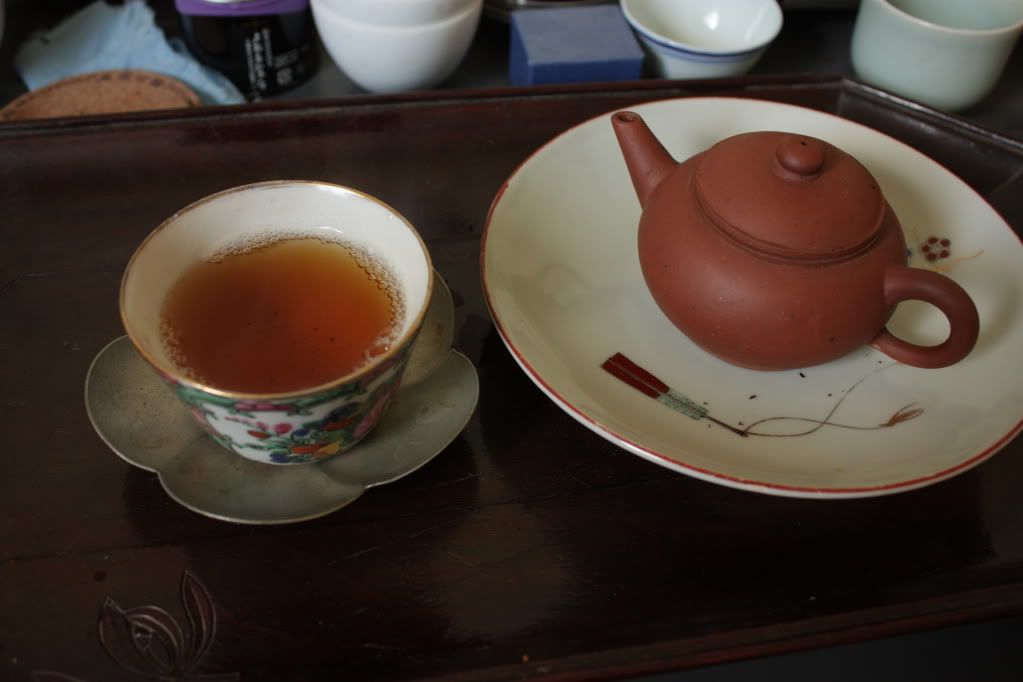
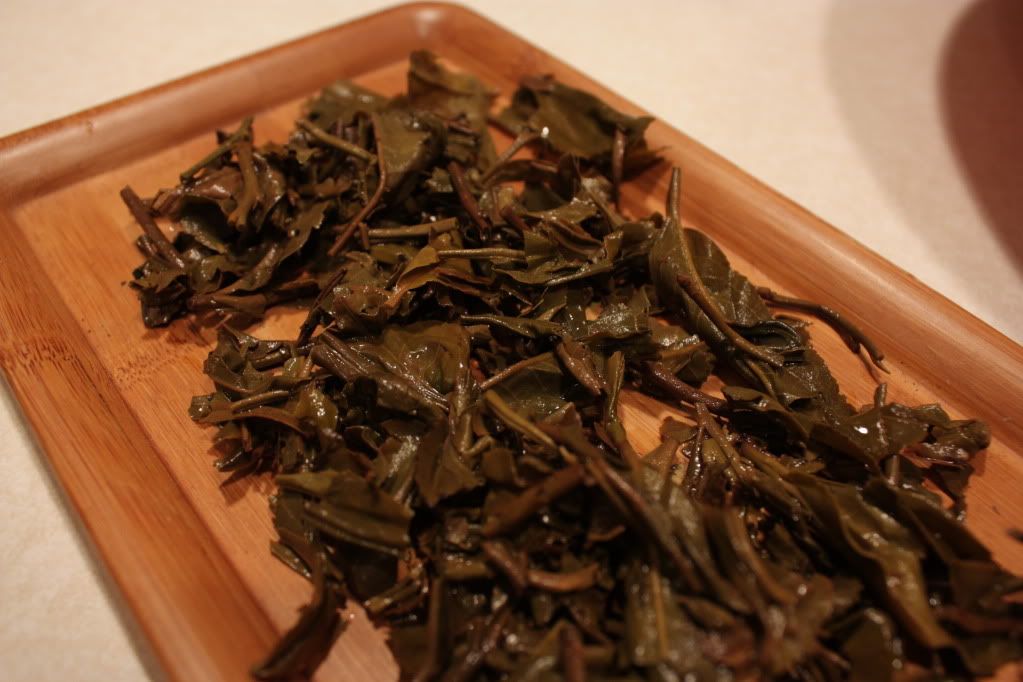
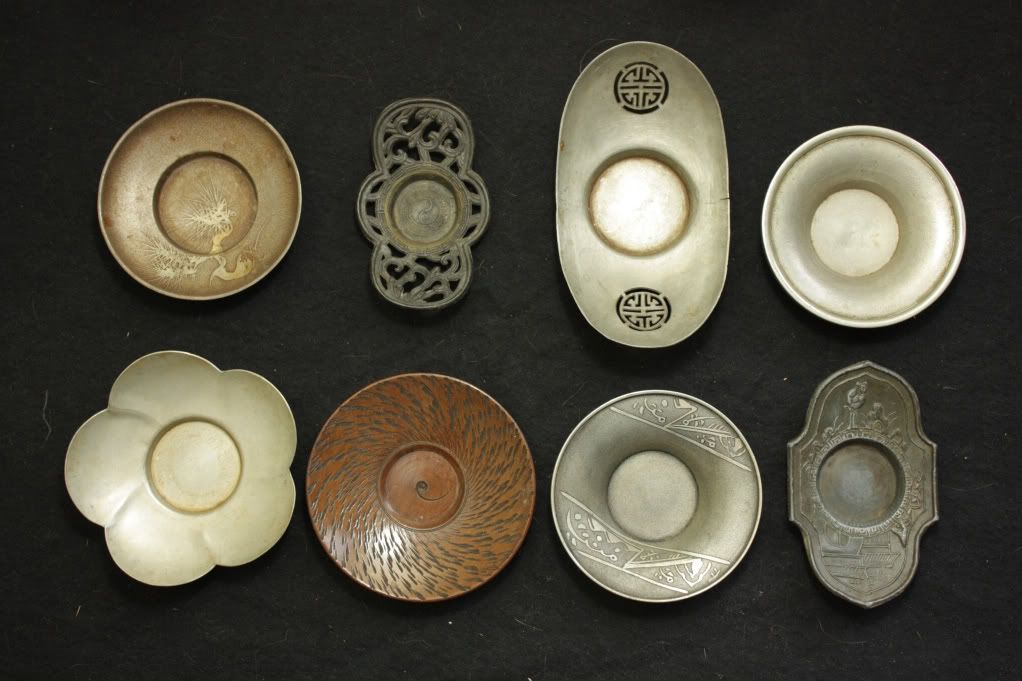
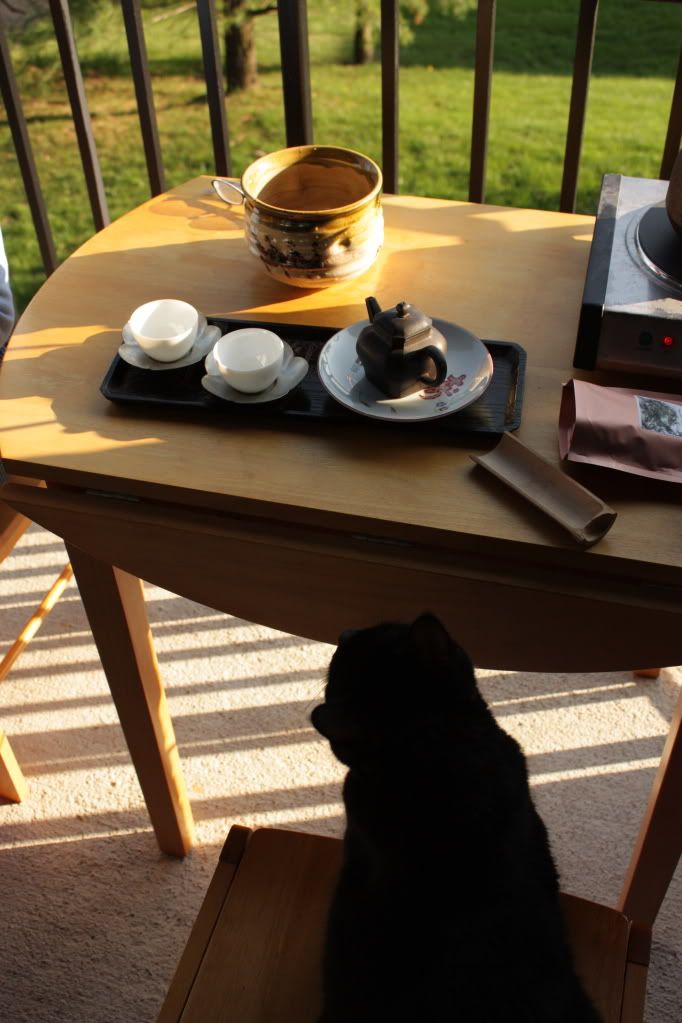
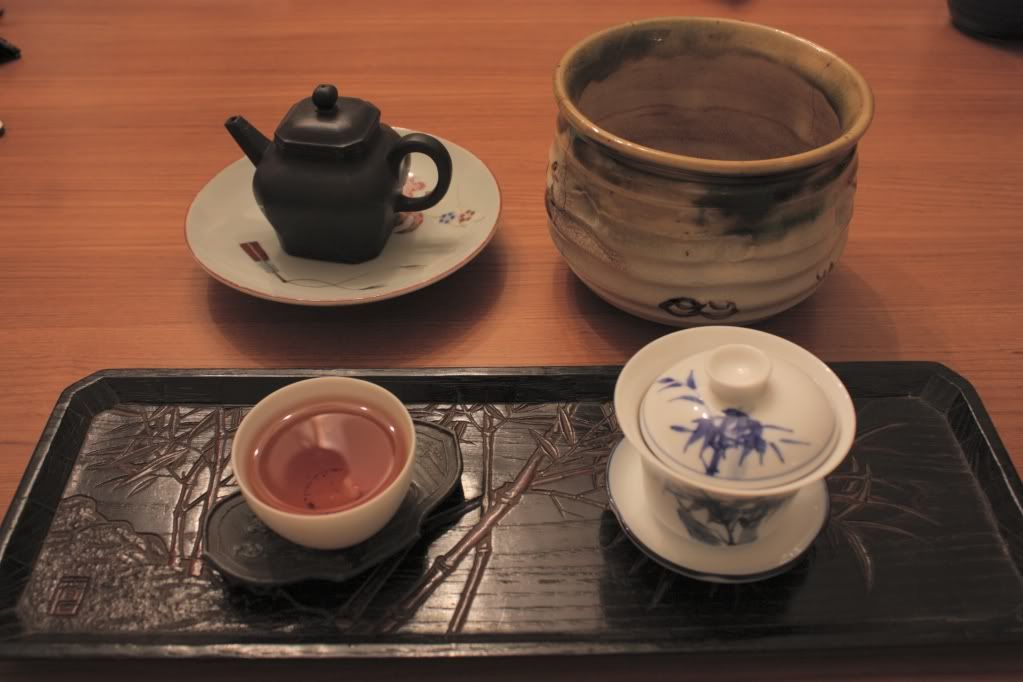


 RSS - Posts
RSS - Posts
Interesting.... would 250C in my oven work?